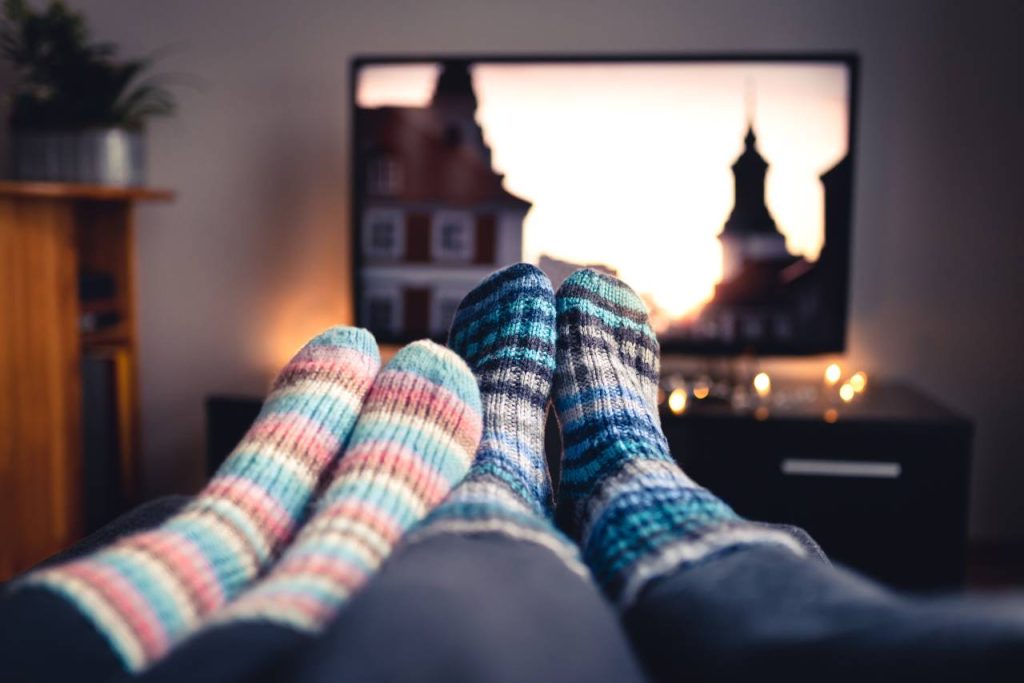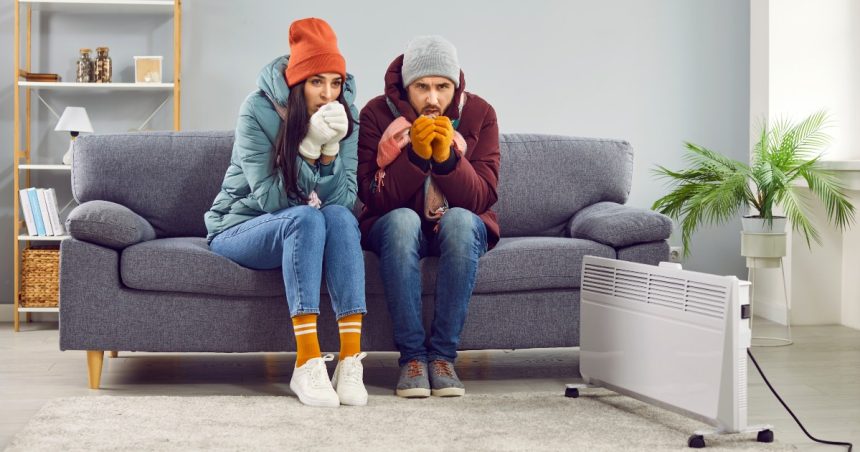Aussie homes can get rather cold during our winter months –And for those renting, chances are you’re already experiencing the chill.
Uninsulated, draughty, and often fitted with inefficient heating systems, it’s no secret why most rental properties struggle to keep in the warmth once the mercury drops.
In fact, a report by the tenancy advocacy organisation Better Renting found that renters’ homes in Australia routinely fell below 18 degrees Celsius during winter—the minimum temperature that the World Health Organisation regards as suitable for indoor environments.
And with energy prices set to rise up to 25 per cent from the start of this financial year, the added cost of living pressures could deliver an even harsher cold snap to those in energy-inefficient homes.
Some state governments, such as Victoria, are slowly thawing the freeze by introducing increased minimum rental standards surrounding home insulation and energy efficiency.
However, many others have yet to warm up to the idea or will not introduce changes until 2026, fearing increases as landlords pass on the costs to tenants.
While homes could be warmer in the future, that would do little to help thousands of Aussie families feeling the cold this winter.
That is why Build-it has compiled these ‘hot’ tips to help you stay warm indoors without cranking up your energy bills.
Extra layers
It may be one of the most obvious solutions, but it’s arguably also one of the most effective.
Heating the person inside the home is one of the best ways to banish those winter chills without raising your power bills.
Wearing thermals, a dressing gown, or even an extra pair of socks can raise your body temperature enough to make it feel several degrees warmer indoors than it is.

And if you’re still feeling the chill, throw in a heat pack or hot water bottle, which have been shown to cost under five cents each to warm up.
Keep the heat
Another great way to prevent those dreaded nighttime temperatures from getting too cold is to make the most of the sun during the day.
Opening curtains when the sun is shining for a greenhouse effect and then closing them once dark is a great way to bring heat into the home and keep it there.
Moving standalone mirrors closer to windows to help reflect more light into the room has increased room temperature by several degrees.

Meanwhile, if you dont have double glazing and don’t care for a view, sticking bubble wrap (with the smooth side towards you) on your window can be a great makeshift solution to stop heat escaping, especially in larger rooms or those where you aren’t fussed about how things look.
Stop the drafts
Older rental properties are synonymous with drafts, which bring in cooler air and lower the home’s temperature.
Blocking draft gaps using unwanted clothes, blankets or towels can help prevent heat from escaping or colder air from blowing through.
One of the most effective ways to prevent a draft is to invest in a few draft blockers and place them at the edge of a window or exterior door.

If you have one room that is particularly drafty, store large pieces of furniture such as cabinets, wardrobes, and bookshelves in it. This can help block drafts from entering and moving around the space.
Flick the switch on the heaters
Switching on a reverse-cycle air conditioner or using a portable heater to warm your home doesn’t have to break the bank.
Having an individual air conditioning unit for your room and letting it run on a low setting for an extended period is actually cheaper than using house ducted heating on a high setting for a short time frame.
If you use a portable heater, place it in the middle of the room. Closing all doors and windows will help prevent heat loss while also ensuring the least amount of energy is needed to warm the space.
Meanwhile, flicking the switch on your ceiling fan (usually positioned on the motor) can put it into reverse and help push hot air back down into the room.







